Essential Features to look for in a Quality Workplace Trolley
Date Posted:6 June 2024
Stainless steel, aluminum, and heavy-duty plastic are top material choices. Adjustable handles, swivel casters, and customizable options enhance usability. Safety features like guardrails and braking systems ensure secure operation, while easy..
Selecting the right workplace trolley is crucial for enhancing efficiency and safety in any business environment. Whether used in warehouses, offices, retail stores, or industrial settings, a quality trolley can significantly impact productivity and workflow. However, not all trolleys are created equal. To make an informed decision, it's important to consider several key features that define a quality workplace trolley. This article explores these essential features to help you choose the best trolley for your needs.
1. Durability and Material
The first and foremost feature to consider is the durability of the trolley. A high-quality trolley should be made from robust materials that can withstand heavy use and harsh conditions. Common materials include stainless steel, aluminum, and heavy-duty plastic. Stainless steel trolleys are known for their strength and resistance to corrosion, making them ideal for industrial and medical environments. Aluminum trolleys offer a lightweight yet sturdy option, while heavy-duty plastic trolleys are resistant to chemicals and easy to clean.
2. Load Capacity
Understanding the load capacity of a trolley is essential to ensure it meets your specific needs. Trolleys come with different load capacities, typically ranging from 100 kg to over 500 kg. It’s crucial to choose a trolley that can handle the maximum weight of the items you intend to transport. Overloading a trolley can lead to damage and potential safety hazards, so always select one with a higher load capacity than your heaviest load.
3. Ergonomic Design
An ergonomic design enhances the usability of a trolley, ensuring that it is comfortable and safe for employees to use. Features such as adjustable handles, non-slip grips, and easy maneuverability contribute to an ergonomic design. These elements help reduce strain on the user, preventing injuries and enhancing overall efficiency. Look for trolleys with handles that can be adjusted to different heights, as this allows users of varying statures to operate them comfortably.
4. Mobility and Wheels
The mobility of a trolley largely depends on the quality of its wheels. High-quality trolleys feature wheels that are durable, smooth-rolling, and capable of navigating various surfaces with ease. Swivel casters provide better maneuverability, allowing the trolley to be easily directed around tight corners and through narrow aisles. Additionally, consider trolleys with locking wheels to ensure stability when stationary.
5. Versatility and Customization
A versatile trolley can be adapted to different tasks and environments, increasing its utility. Look for trolleys that offer customizable options such as adjustable shelves, removable bins, and attachments for specific tools or equipment. This versatility ensures that the trolley can evolve with your business needs, providing long-term value.
6. Safety Features
Safety should always be a top priority. Quality trolleys come with built-in safety features to protect both the user and the items being transported. These may include guardrails to prevent items from falling off, braking systems to secure the trolley in place, and bumpers to protect walls and furniture from damage. Additionally, trolleys with rounded edges and corners reduce the risk of injuries from accidental collisions.
7. Ease of Maintenance
A trolley that is easy to maintain will save time and effort in the long run. Consider materials that are resistant to rust, corrosion, and chemicals, as well as designs that allow for easy cleaning. Removable shelves and bins can be particularly useful for maintaining hygiene in environments like healthcare facilities and food service areas.
A quality workplace trolley is defined by its durability, appropriate load capacity, ergonomic design, smooth mobility, versatility, safety features, and ease of maintenance. Stainless steel, aluminum, and heavy-duty plastic are top material choices. Adjustable handles, swivel casters, and customizable options enhance usability. Safety features like guardrails and braking systems ensure secure operation, while easy maintenance saves time. By prioritizing these features, businesses can improve efficiency and create a safer, more productive work environment.
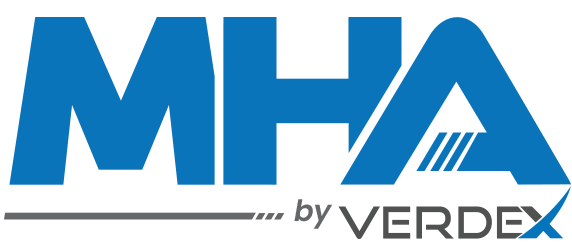


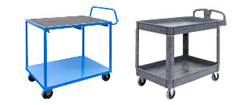

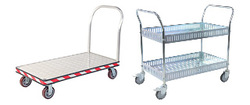
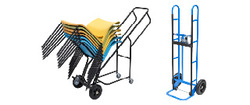
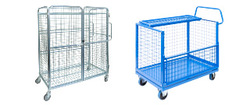
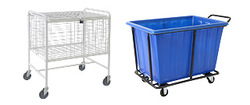
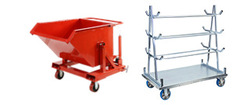
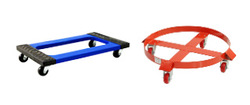
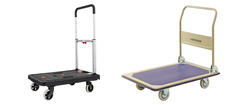
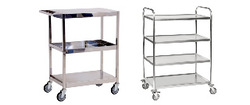
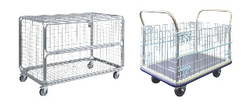
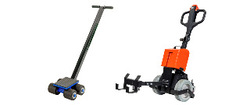
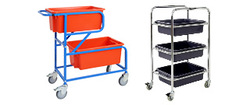
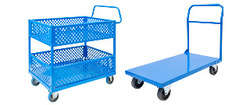
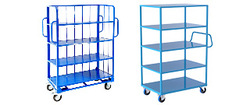
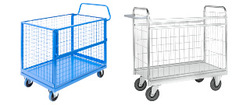
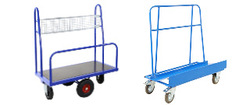
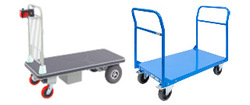
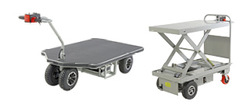
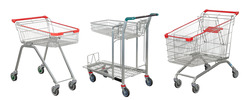
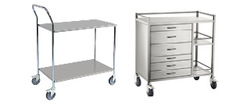
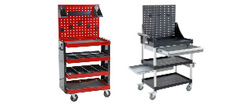
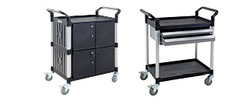
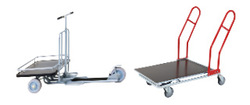
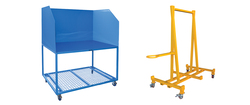



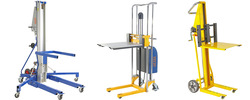



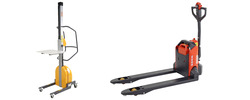
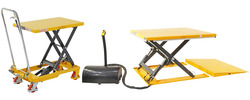
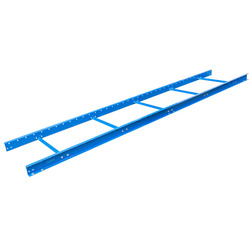
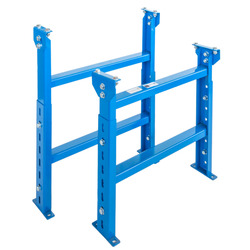
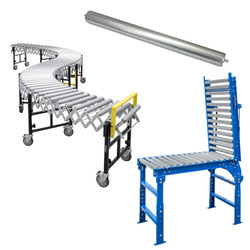
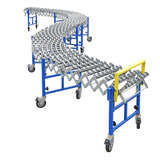


















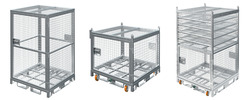

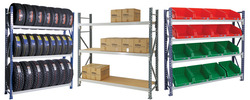
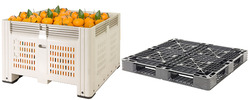
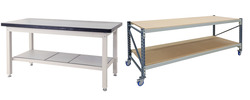
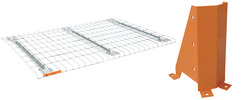
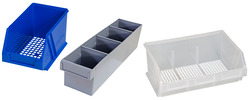

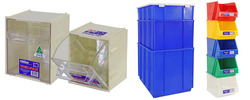

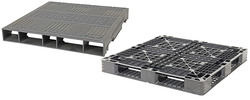
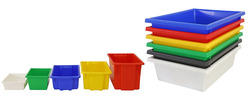
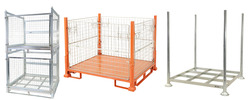
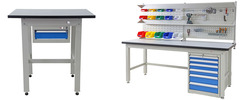
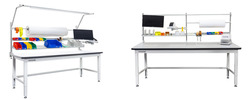

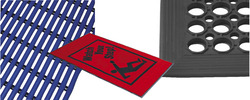
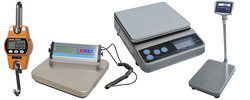



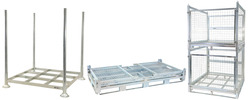
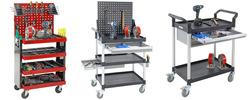
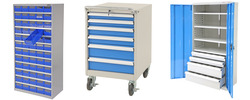
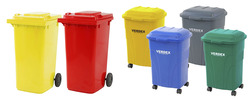
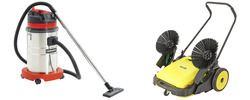











 Trolleys / Hand Trucks
Trolleys / Hand Trucks 2 Tier Trolleys
2 Tier Trolleys 3 Tier Trolleys
3 Tier Trolleys Aluminium Trolleys
Aluminium Trolleys Appliance & Hand Trucks
Appliance & Hand Trucks Cage Trolleys
Cage Trolleys Cleaning Carts & Trolleys
Cleaning Carts & Trolleys Construction Trolleys
Construction Trolleys Dollies
Dollies Foldable Trolleys
Foldable Trolleys Hospital Trolleys
Hospital Trolleys Laundry/Linen Trolleys
Laundry/Linen Trolleys Load Skates & Tow Tugs
Load Skates & Tow Tugs Mail / Office Trolleys
Mail / Office Trolleys Multi Purpose Trolleys
Multi Purpose Trolleys Multi-Tier Shelf Trolleys
Multi-Tier Shelf Trolleys Order Picking Trolleys
Order Picking Trolleys Panel Cart Trolleys
Panel Cart Trolleys Platform Trolleys
Platform Trolleys Powered Trolleys
Powered Trolleys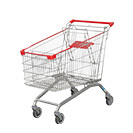 Shopping Trolleys
Shopping Trolleys Stainless Steel Trolleys
Stainless Steel Trolleys Tool Trolleys
Tool Trolleys Utility Carts
Utility Carts Warehouse Trolleys
Warehouse Trolleys Custom Trolleys
Custom Trolleys Lifting Equipment
Lifting Equipment Forklift Attachments
Forklift Attachments Jib Attachments
Jib Attachments Lifting Hoists & Pallet Hooks
Lifting Hoists & Pallet Hooks Manual Stackers & Lifters
Manual Stackers & Lifters Pallet Jacks
Pallet Jacks Pallet Lifters
Pallet Lifters Pallet Rotators & Dispenser
Pallet Rotators & Dispenser Powered Pallet Trucks & Electric Lifters
Powered Pallet Trucks & Electric Lifters Scissor Lift Trolleys and Tables
Scissor Lift Trolleys and Tables Conveyor Equipment
Conveyor Equipment Conveyor Frames
Conveyor Frames Conveyor Stands
Conveyor Stands Roller Conveyors
Roller Conveyors Skate Wheel Conveyors
Skate Wheel Conveyors Access Equipment
Access Equipment Container & Yard Ramps
Container & Yard Ramps Step Stools & Ladders
Step Stools & Ladders Work Platforms & Crane Cages
Work Platforms & Crane Cages Drum Handling
Drum Handling Drum Storage & Bunding
Drum Storage & Bunding Drum Trolleys & Lifters
Drum Trolleys & Lifters Forklift Drum Handling
Forklift Drum Handling Containment & Spillage
Containment & Spillage Aerosol Cans Storage Cages
Aerosol Cans Storage Cages Bunded Pallets & Storage
Bunded Pallets & Storage Corrosive Goods Storage Cabinets
Corrosive Goods Storage Cabinets Flammable Liquid Cabinets
Flammable Liquid Cabinets Forklift Gas Storage Cages
Forklift Gas Storage Cages Gas Cylinder Storage
Gas Cylinder Storage Site Storage
Site Storage Spill Kits
Spill Kits Stillage Cages
Stillage Cages Waste Handling
Waste Handling Bin Lifters & Tippers
Bin Lifters & Tippers Plastic Waste Bins and Carts
Plastic Waste Bins and Carts Steel Waste and Tipping Bins
Steel Waste and Tipping Bins Storage Equipment
Storage Equipment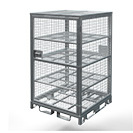 750 Series Cage Configurations
750 Series Cage Configurations Heavy Duty Cabinets & Benches
Heavy Duty Cabinets & Benches Heavy Duty Shelving
Heavy Duty Shelving Mega Bins & Pallets
Mega Bins & Pallets Packing Benches
Packing Benches Pallet Racking Accessories
Pallet Racking Accessories Parts Trays & Stor-Pak Bins
Parts Trays & Stor-Pak Bins Pegboard & Louvre Panels
Pegboard & Louvre Panels Plastic Bins
Plastic Bins Plastic Handling Solutions Bins
Plastic Handling Solutions Bins Plastic Pallets
Plastic Pallets Stack & Nest Bins
Stack & Nest Bins Storage Cages
Storage Cages Workplace Equipment
Workplace Equipment Workbenches
Workbenches Modular Workbenches
Modular Workbenches Electric Height-Adjustable Workbenches
Electric Height-Adjustable Workbenches Floor Matting
Floor Matting Industrial Weighing Scales
Industrial Weighing Scales Pallet Wrapping & Packaging Machinery
Pallet Wrapping & Packaging Machinery Ramps
Ramps Stationery Cupboards
Stationery Cupboards Storage and Stillage Cages
Storage and Stillage Cages Tool Trolleys
Tool Trolleys Tooling Cabinets
Tooling Cabinets Wheelie Bins
Wheelie Bins Workshop Equipment
Workshop Equipment Safety Equipment
Safety Equipment Gloves and PPE
Gloves and PPE Pallet Rack Post Protectors
Pallet Rack Post Protectors Safety Barriers & Bollards
Safety Barriers & Bollards Safety Knives & Cutters
Safety Knives & Cutters Signs and Traffic Supplies
Signs and Traffic Supplies Tool & First Aid Boxes
Tool & First Aid Boxes Construction Equipment
Construction Equipment Concrete Equipment
Concrete Equipment General Site Equipment
General Site Equipment Lifting Equipment
Lifting Equipment Site Storage
Site Storage Waste
Waste 










